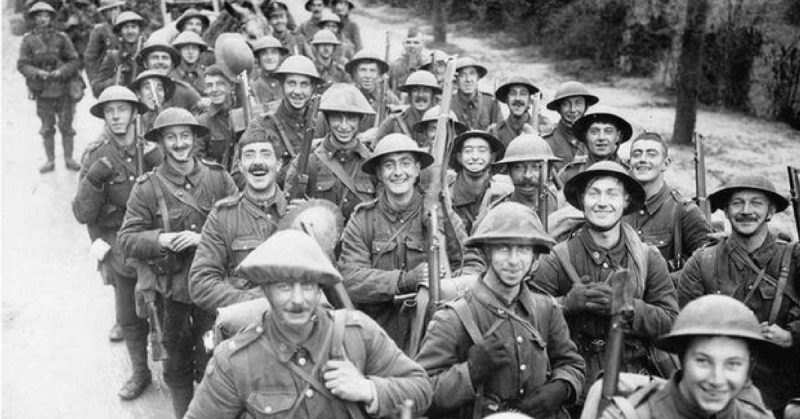Few stories better exemplify the spirit of the First World War than that of the Pals battalions. These British units embodied comradeship, courage, unwavering national loyalty in the face of devastating loss and the frantic improvisation of governments faced with the new phenomenon of industrialised war.
What Were the Pals Battalions?
The Pals battalions were units recruited in Britain during the early months of the First World War. First emerging in late August 1914, they were usually recruited from a single local community. Most became infantry battalions.
The Pals tapped into the patriotic spirit stirred by the outbreak of war. Organised by mayors, Members of Parliament and other local leaders, with permission from the War Office, these battalions were made up of volunteers eager to fight for king and country.
They also tapped into community spirit. Because they were locally organised and recruited, they allowed men to join up alongside friends, neighbours and relatives. Brothers and lifelong friends went to war together, buoyed up by each others’ presence. It was a new take on the long tradition of local volunteer regiments, and one that answered a specific problem of the day – how to quickly recruit a large army.
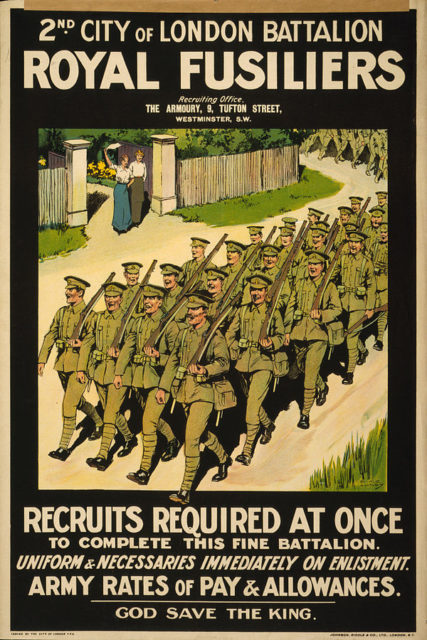
The Problem of Recruitment
On 4 August 1914, Britain declared war on Germany, and the next day Field Marshal Lord Kitchener was persuaded to become Secretary of State for War. He found himself in charge of an army woefully short of the numbers needed to fight. British forces had long been recruited to defend colonial territories and provide home defence if required. Even as the possibility of European war had loomed ever closer, there had not been enough political will to recruit a large land army, but this was what Kitchener now needed.
The total size of the British army, including reserves, was around 733,000 men. Kitchener gained permission to recruit an initial wave of 500,000 more but lacked a suitable mechanism to do this. He didn’t want to draw them from the existing Territorial Force County Associations, as these might be needed for home defence, and regular recruitment methods could not handle the sudden huge growth.
There could be no delays. The war had already begun, and a way was needed to recruit hundreds of thousands of soldiers fast.
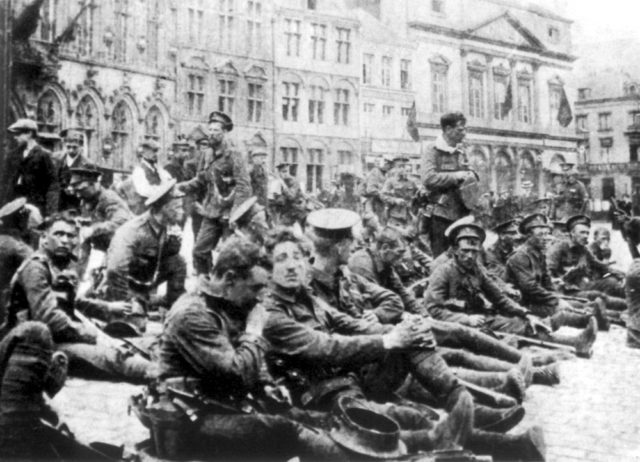
The Origin of an Idea
On 19 August, the Director of Recruiting, Major-General Sir Henry Rawlinson, suggested that the army recruit a battalion of employees from the City of London, assuring them that they would serve alongside their friends. It was a natural extension of the community military tradition embodied in the County Associations, and a way to tap into the large population of the capital. While the City, Britain’s financial district, played a large role in the national economy, the largely male workforce there was not seen as critical to the war effort.
In just over a week, the “Stockbrokers’ Battalion” drew 1,600 volunteers.
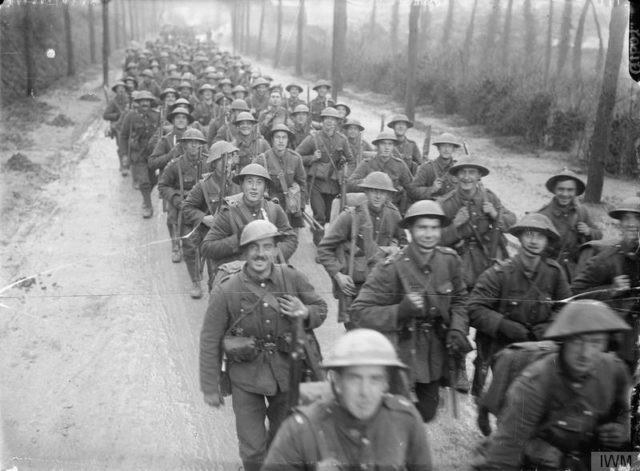
It was when the idea spread to the northern industrial cities that it really took off. Lord Derby got permission from Kitchener to repeat the exercise in Liverpool, where he recruited enough volunteers in five days to fill three battalions. Manchester raised four battalions in two weeks. In Scotland, the Glasgow Corporation Tramways Department gathered a list of 1,100 volunteers in a single night.
Every patriotic young man wanted to join the Pals.
The Success of the Pals
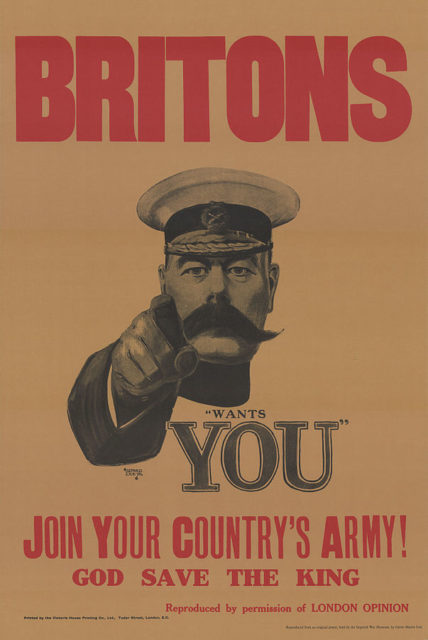
Kitchener had a phenomenon on his hands, and he made the most of it. By the end of September, fifty battalions had been formed or were in the process of being formed in this way. They had taken the strain off the regular army’s recruitment procedures.
Now Kitchener used them to lessen the financial strain as well. Word went out that local battalions would only be authorised if their communities bore the cost of supporting them until the army was ready to take over. Locals would house, feed and clothe the new recruits while the establishment geared itself up to integrate them into the armed forces.
As a result, the Pals had a smoother transition into military life than most. They joined their units and started preparing themselves for war while still living at home. When they finally marched away they did so in the company of people they knew, and who they had got to know better through the raising of the battalions.
145 service and 70 local battalions were raised in this way. The Pals allowed Britain to mobilise for war.
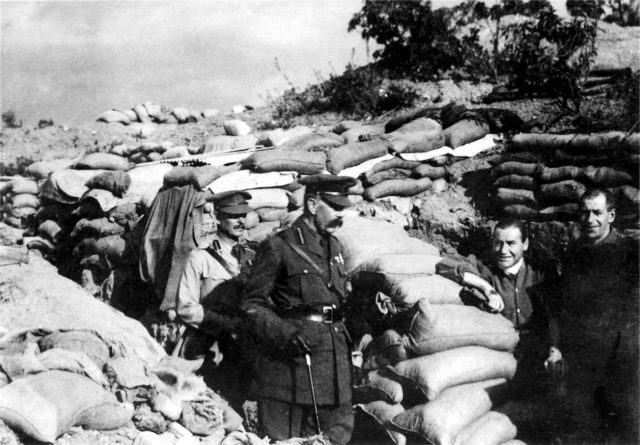
The Decline of the Pals
Integration into the army saw the Pals start to lose their local flavour. Officers were brought in from elsewhere in the army establishment. Men unfit for duty were sent home. Some men deserted or died of accident or illness before they reached the front, and their places were filled not by local lads but by recruits brought in by conventional means.
Still, these units retained their community atmosphere until war took its toll. It was in the nature of the First World War that losses from particular battalions were often huge. Entire units could be almost wiped out by a successful artillery barrage or an unsuccessful assault across no man’s land.
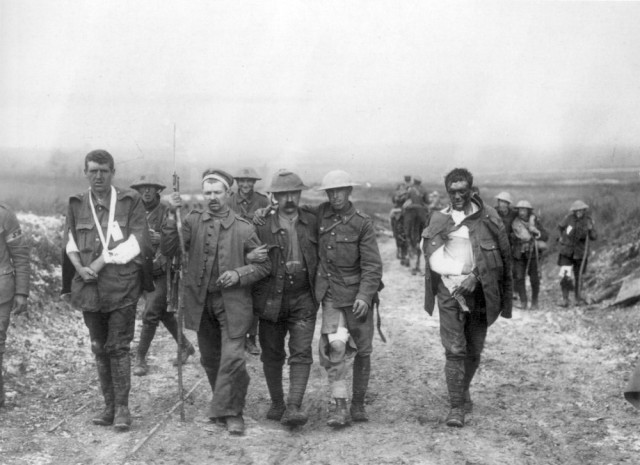
Whether losses came gradually or in sudden, dramatic moments, they whittled away at the groups that had volunteered together. Replacements were not recruited in the same way as the original battalions but came from all over the country. Once conscription took over as the main source of recruits, replacements were no longer even volunteers. The comradely local spirit of the Pals was lost.
Community Tragedies
These losses affected not only the units but their communities back home. Families lost all their male members. Whole neighbourhoods lost most of their young men in a single day, as volunteer battalions took heavy losses at battles such as Ypres and the Somme.
The Pals battalions began in a communal spirit of patriotism and camaraderie. They left behind communities saturated with loss.
